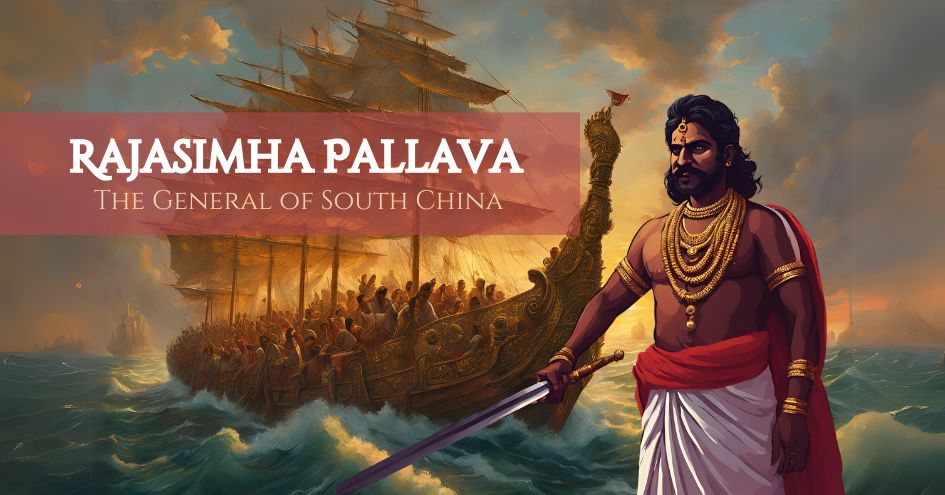
It is the first-half of the 8th Century C.E. in South India. The Pallava kingdom possesses strength and prosperity with some of the greatest monuments in medieval India, possibly the world being erected in the name of Lord Shiva and Lord Vishnu. Emperor Narasimhavarman II ‘Rajasimha’ Pallava is on the throne of Kanchipuram and he presides over one of the securest and safest periods in the kingdom’s history. The arch-rivals of the Pallavas, the Chalukyas of Badami, are headed by Vijayaditya Chalukya, an emperor who is generally peaceful and content with building temples in his kingdom and consolidating the empire of the resurgent dynasty.
Therefore, Rajasimha decides to make this one of the most constructive periods in Pallava history. He erected elaborate temple complexes like the Kailasanathar temple in Kanchipuram and the Shore Temple Complex in Mamallapuram among others and several smaller temples that dot the landscape of north and central Tamizhakam. But, his ancestors like Mahendravarman and Narasimhavarman I had already undertaken building projects that commemorated the grandeur of the dynasty while dedicating their achievements to the Almighty. Perhaps, Rajasimha believed that undertaking larger projects was not enough to secure his name for time immemorial. So, he decided to undertake something even bigger. He decided to reach across the shores, all the way to medieval Tang China to break new frontiers in Indo-Chinese relations.
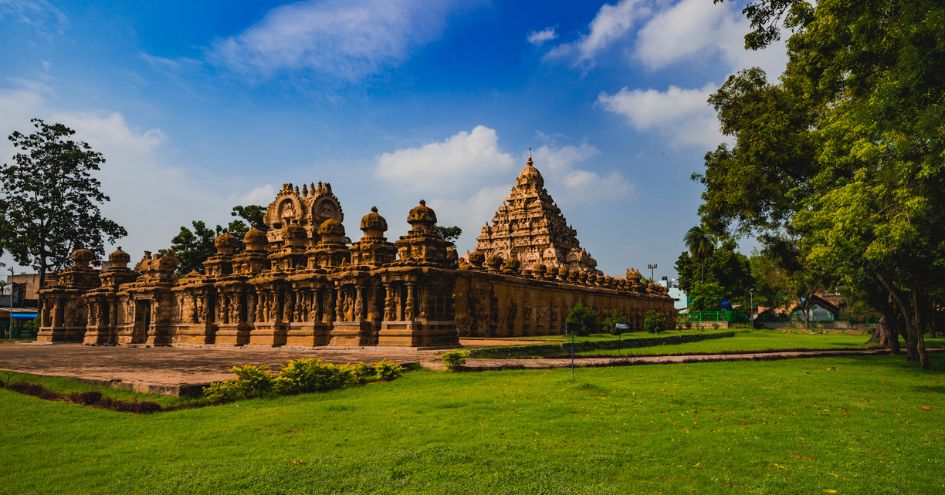
Once again, Narasimmhavarman II was not the first Pallava emperor to send emissaries across the seas to foreign lands to establish diplomatic relations. His predecessor, with the same name had already undertaken diplomatic and military expeditions to Sri Lanka to install an ally, Prince Manavarman, on the Sri Lankan throne, over three decades before Rajasimha’s ascension. So, once again, Rajasimha had to think bigger. The Chinese scholar and traveller, Hieun Tsang had already visited the court of Narasimhavarman Mamalla in 640 C.E.
While trade relations had already been established between India and South Asia along the maritime highways of Silk and Spice, commonly known as the Silk and Spice Routes, Rajasimha sought to strengthen relations between his kingdom and the Tang Dynasty of China. Tang China was a dominant player in the known world then and much like Bharatvarsha, China was a manufacturing powerhouse since ancient times. Bharati spices, textiles and precious stones among others were traded for Chinese silk, tea and porcelain. But, 8th Century China was also threatened by rising powers in the east, namely the Umayyad Caliphate and the Tibetan Empire.
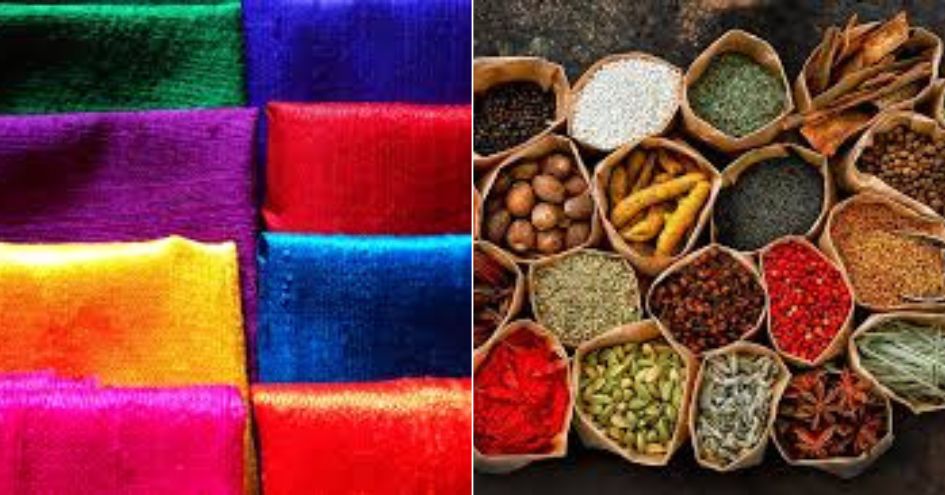
While Rajasimha ruled a kingdom down south, away from the politics of the foreign north, Tamizh sailors sailing to Arabia and China got him news and kept him abreast of the developments in these faraway lands. So, he decided to make China his ally and neighbour.
He sent a diplomatic mission to the Tang Emperor, Xuanzong where he offered a military alliance between the Pallavas and Tang against the Arabs and the Tibetans. It is unknown if Narasimhavarman II was in a position to send war elephants, infantry and cavalry to the Chinese, but his offer is said to have pleased the Tang Emperor who sent a Chinese delegation to the Pallavas, proclaiming Rajasimha as the ‘General of South China’ with the proclamation written on a piece of silk cloth. This would have certainly increased Pallava prestige in a neighbourhood dominated by the Badami Chalukyas.
With Rajasimha expanding his relations with the Chinese, the trade and cultural exchange reached new heights with Mamallapuram quickly developing into a massive trade hub and the premier gateway for imports and exports along the Indian east coast.
Today, we find Chinese coins with Chinese inscriptions from the sands of Mamallapuram, where once the arrival of Chinese traders and pilgrims was a regular sight. Epigraphical evidence also provides evidence of Indian scholars, pilgrims and traders making their way to China to foster trade and cultural exchange between the countries. There are theories that Tamizh and Sanskrit poetics influenced Chinese literature
The Pallavas were at the forefront of numerous developments in trade and culture as Sanskrit and Tamizh culture made its way across the ocean to Southeast Asia. The Chozhas would carry on this legacy and establish trade outposts at the farthest corners of these Asian lands.
 Vignesh Ganesh is a lawyer and writer. He is interested in ancient history and Itihasa and this interest culminated in his first book, "The Pallavas of Kanchipuram: Volume 1", which he co-authored with Mr. K. Ram, a fellow enthusiast of Indian history and culture.
Vignesh Ganesh is a lawyer and writer. He is interested in ancient history and Itihasa and this interest culminated in his first book, "The Pallavas of Kanchipuram: Volume 1", which he co-authored with Mr. K. Ram, a fellow enthusiast of Indian history and culture.
PREVIOUS ARTICLE
NEXT ARTICLE
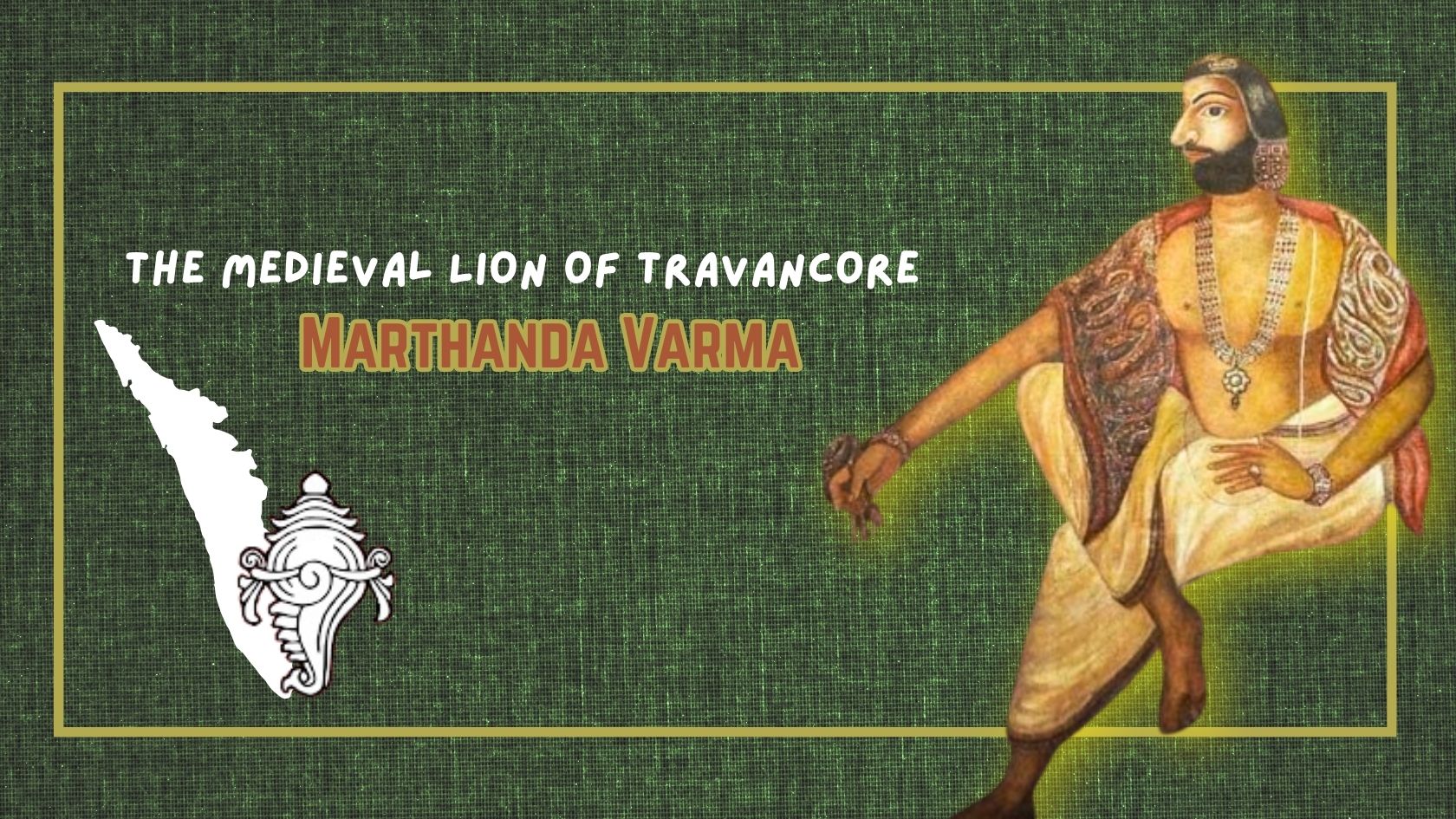
Shri Ramachandra Prasad's captivating narrative and the hot chai that was served at the right time transported me to ancient Kerala, where the extraor...
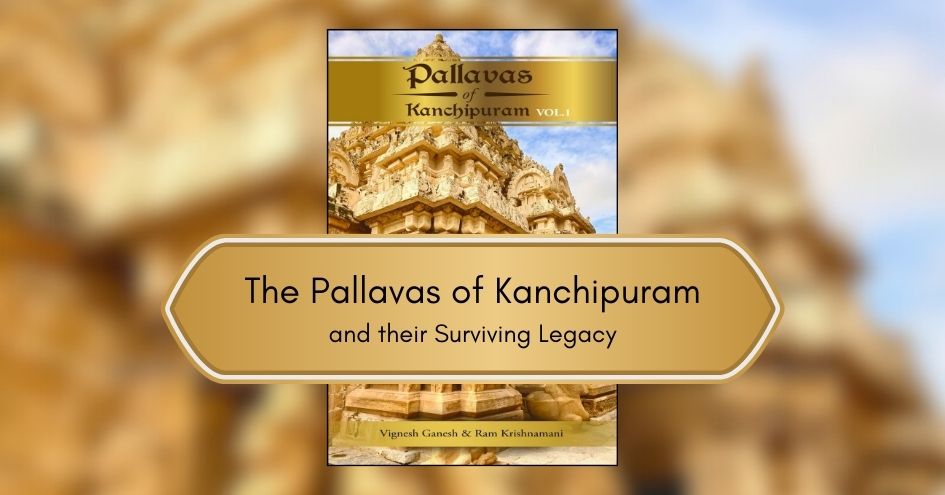
Introduction In Bharatvarsha, History is not the account narrated by victors. It is the record left behind by survivors. The study of Indian History...
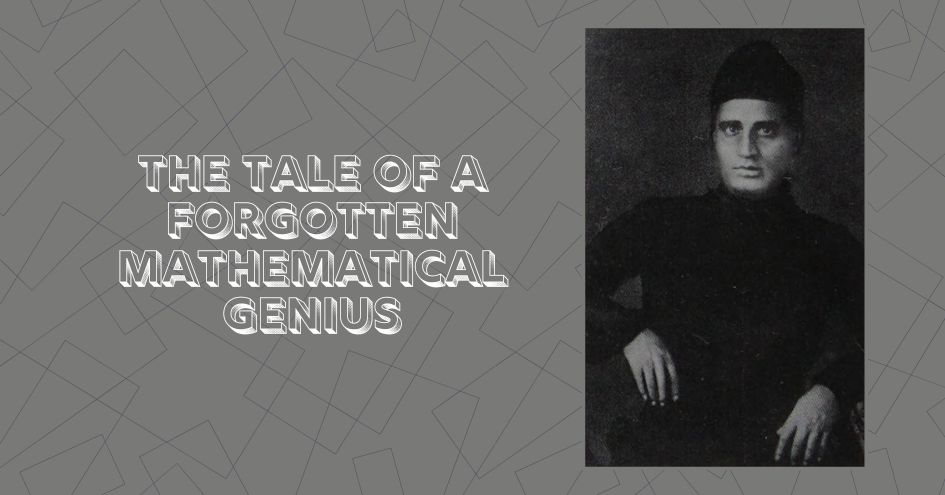
The year is 1802. Lt. Colonel William Lambton, an officer of the British Infantry who had been part of the the 4th Anglo-Maratha war and Siege of Seri...